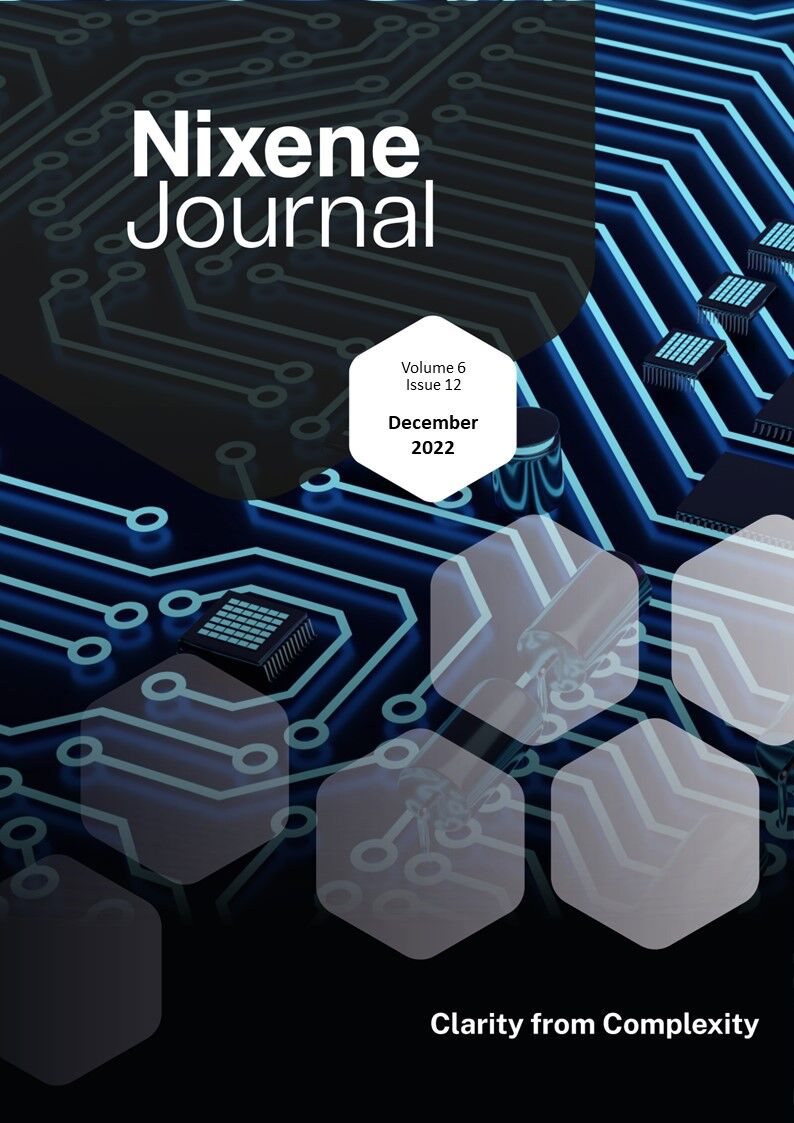Description
A graphene toaster was demonstrated for the first time at the consumer electronics show in Las Vegas by Korean company Graphene Square. This may not sound like a world changing invention, but it is something worth paying attention to because this is a rare application for chemical vapour deposition (CVD) graphene in a consumer electronics device.
Until now, CVD graphene has been used in very small pieces in sensors. This toaster has a piece of CVD graphene on the top and bottom glass panels making a transparent infrared grill. The graphene is made at a scale of 200mm x 150mm and this tells us a that the company has a viable CVD roll to roll process. The process can make graphene at this scale and also provides the capability to separate the graphene from the forming substrate to other surfaces, in this case glass. The next step is to do this commercially. Graphene Square admits this is still at least a year away. This is still impressive progress and tells us that the industrial manufacture of CVD graphene is developing quickly.
CVD graphene is also in the news this month. British company Paragraf announced through Queen Mary University, London, that they can create graphene at wafer scale, and this could be a replacement for indium tin oxide (ITO). This was picked up by technology blogs around the world, and graphene manufacturer Versarien felt obliged to disclose it is working on a similar project with a graphene manufacturer in Korea.
These announcements about CVD graphene touchscreens sound impressive. However, as far as we can tell from the current state of the art, the economic and technical cases are not sufficiently proven to convince us we will see this technology in the immediate future.
The term ‘bottom-up graphene’ used to refer to CVD graphene assembled atom by atom. Graphene powder manufacturing has been evolving rapidly over the last few years and can now be made by atomic assembly methods too. We have summarised the various methods in our special feature. We also look at the implications for competitive activity, as these new manufacturing methods meet the new market dynamics driving the sustainability agenda.
While we cannot state which individual companies will achieve success, we can make some predictions about the characteristics successful graphene powder manufacturers will need to have. We hope you agree this makes for fascinating reading along with the rest of the compelling content this issue.
Adrian Nixon,
1st February 2022










